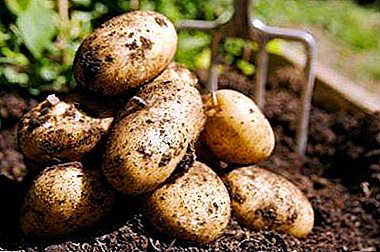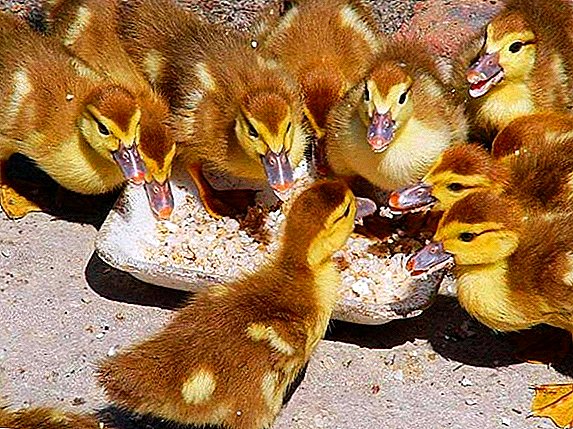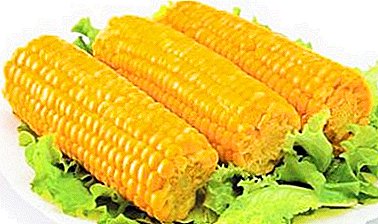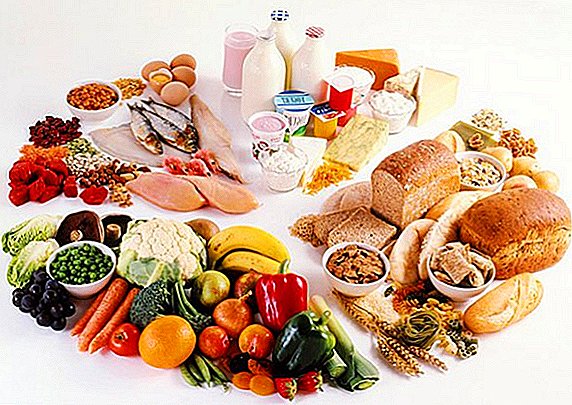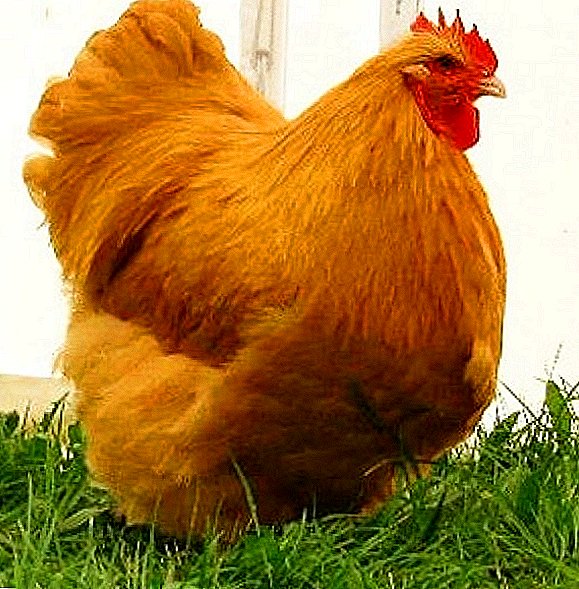 The basis of successful breeding chickens - suitable for their content. For this, it is extremely important to equip a pen, the main task of which is not only the preservation of the number of birds, but also an increase in the level of productivity. However, to make it right, you must first learn the basic requirements.
The basis of successful breeding chickens - suitable for their content. For this, it is extremely important to equip a pen, the main task of which is not only the preservation of the number of birds, but also an increase in the level of productivity. However, to make it right, you must first learn the basic requirements.
Why do I need an aviary
Today, breeding chickens is a fairly popular form of income for people who have even a small piece of land. In addition, the maintenance of birds will allow you to have fresh eggs and meat for your family. Experienced farmers know that special buildings are needed for proper farming.  Consider why you need such a structure:
Consider why you need such a structure:
- In addition to food, chickens need to peck the grass and dig up bugs from the ground.
- To protect against possible predators.
- To provide space for movement.
- Cover the birds from bad weather while walking.
Did you know? Chickens are carried only with suitable lighting. Even if the time for this process has already come, it will still wait for the day or the lighting to come on.
Kinds
Depending on the end result, the aviary may be stationary or mobile. Each of them has its advantages and disadvantages. You should familiarize yourself with them by deciding to build a similar one on your site.
Learn how to make a dog aviary with your own hands.
Stationary
This type is suitable for permanent use. Depending on the original size can accommodate a different number of birds. The advantage is the thoroughness of the structure, the downside is the impossibility of changing the place of its placement. Stationary aviary
Stationary aviary
Mobile
This option is ideal for a small herd of chickens or raising young stock, and it is also an improved version of the portable enclosure. Due to the presence of wheels, its movement is easier than that of a portable one. The main advantage is direct contact with the grass.  Mobile aviary
Mobile aviary
We build a stationary corral
Paddock can be built capital. In such a room, the bird can walk all year round. The place for walking can be done simply with the help of a fence in the form of a grid. However, having made a roof, you will avoid many problems associated with cleanliness, since such a structure will protect the area from precipitation and debris.
Important! The stationary corral is recommended to build on the east side. This arrangement will allow the birds to receive vitamin D, besides the morning sun is not too hot for walking.
Necessary materials
For the construction of a stationary pen you will need:
- sand;
- boards;
- cement;
- grid;
- straw;
- slate;
- construction tool;
- wire.
Read also about how to make a feed cutter for chickens, build and equip a chicken coop, as well as make a roost, a cage and a nest.
Instruction
Consider how to independently make a stationary pen for hens:
- Foundation. On the edge of the perimeter of the future building, a 30 cm deep layer of earth is removed. Then sprinkle the place with lime, small pebbles or sand. The thickness of this layer is 10 cm. A formwork is created in the created trench, which is then poured with cement. The following works will take place only after 21 days. Often the pen is constructed of pipes dug into the ground, covered with a netting Reactor. This is an acceptable option, it is more affordable financially and easier to perform, but the presence of the foundation will allow to protect chickens from the penetration of predators that can dig under the fence.
- Floor. This part of the structure is made of natural materials (boards must be well dried) or they simply sow the ground with grass. The second option is more problematic, as the grass will need to be cut, and in the fall to remove dry residues.
- The walls. The chosen place near the chicken coop is netted with a chain-link which is fixed on supports from wooden bars. So that the chickens do not run away, having made a tunnel, it is recommended to bury the grid 20 cm below the ground or still make the foundation.
Video: Chicken enclosure
If you want to cover the structure with a roof, then the profile pipes will be suitable as a frame:
- On the required perimeter, they drop in pipe per meter depth (the pitch between racks is 2 m). It is advisable to make one of the future walls 50 centimeters taller in order to ensure the discharge of water.
- The pits are filled with rubble and poured with concrete.
- At the top of the pipes, the upper girdle is constructed from the same tube, and 20 cm lower - the lower girdle. Between them are welded props of pipes at an angle of 45 °.
- Stacked rafters. For their fastening, fragments of a metal corner with holes drilled in each part are welded every 60–70 cm of the upper belt. Boards screwed with screws.
- Selected for the roof material (slate or other) is attached to the rafters.
Video: walking for chickens with a canopy
Important! For 10 birds, the place for walking should be at least 2x2 m. This should be taken into account when deciding on the construction of the paddock.
Traveling pen
In contrast to the stationary, such a pen is made for a warm period of the year or used for raising young stock. When the air temperature is low, the birds will be uncomfortable there.
Learn how to keep chickens in the winter season.
Necessary materials
For the manufacture of mobile pen will need to purchase the following building material:
- boards of 30х100 mm;
- bars of 20х40 mm;
- grid;
- slate;
- nails, carpentry tools and construction stapler.
Did you know? There are eggs with two yolks, but twin chickens from them still will not work. Since the two chickens will be closely in the same shell, and they can not grow.
Instruction
Consider how to make a mobile pen with your own hands:
- Manufacturing side walls. From the boards collect the side walls of the future pen. For those that are shorter, the upper corners are cut at an angle of 60 degrees, and the lower angles at an angle of 30 degrees. After their connection, the intersection should be obtained, and the transverse boards with longitudinal ones should be connected by an edge. In conclusion, they tighten the net and fix it with building brackets.
- Build the frame. The tops are joined together and secured with self-tapping screws. From the bottom of the wall connect with a cross, pre-cut off her ends at an angle of 30 degrees.
- Mounting spacers. In order for the design to be more stable in the middle of the frame, every 30 cm of the spacer is installed. The corners are cut to 30 degrees. Chickens use spreaders as a perch.
- Sheathing The third part of the frame is sheathed with slate sheets. This will allow the birds to hide from the weather or at night. Slate tightly pressed to the side walls and secured.
- To help the birds climb, a plank with transverse slats is perched.
 Having even a small amount of land, and knowing how to build a pen for birds, you can easily begin to grow them. Even the cost of feed will pay off as a result of the clean meat and eggs you get. Try it, you will definitely succeed.
Having even a small amount of land, and knowing how to build a pen for birds, you can easily begin to grow them. Even the cost of feed will pay off as a result of the clean meat and eggs you get. Try it, you will definitely succeed.


